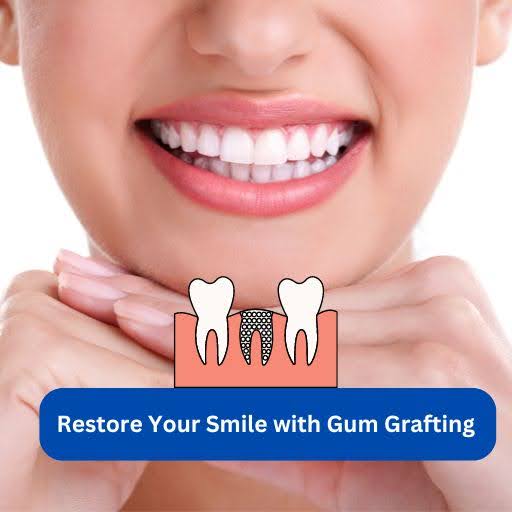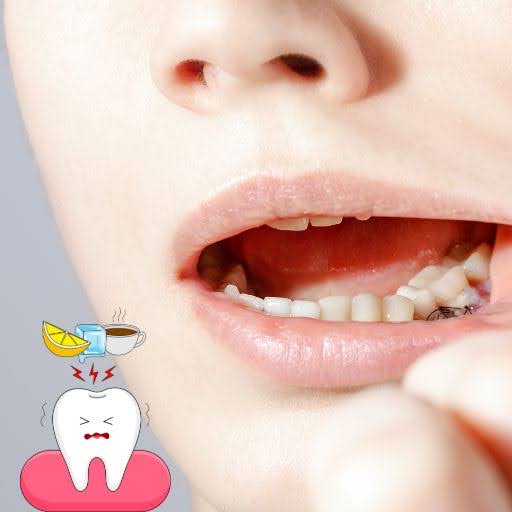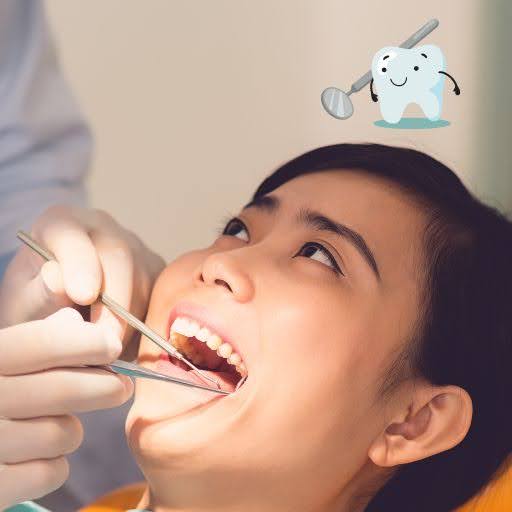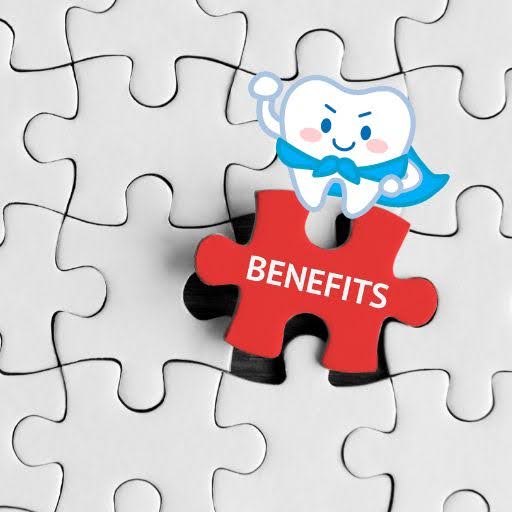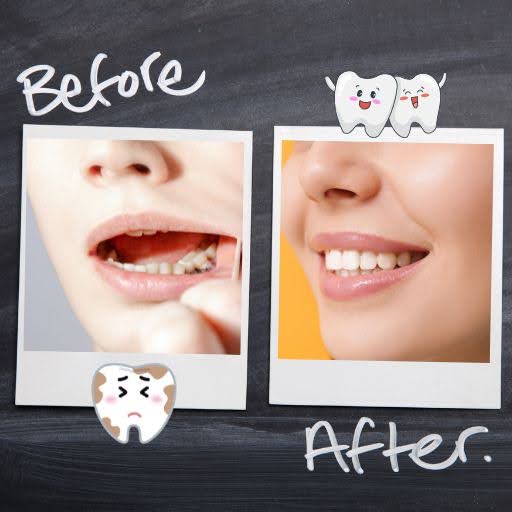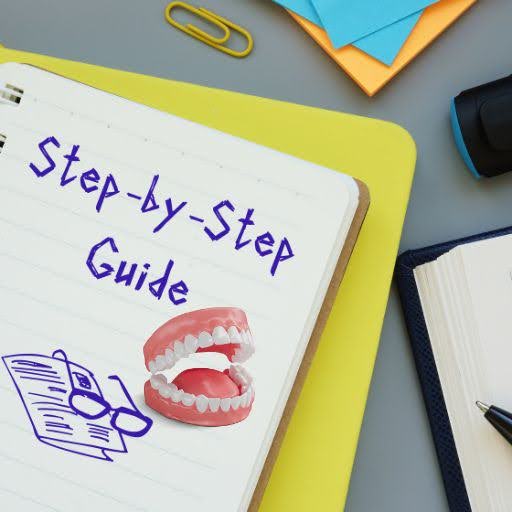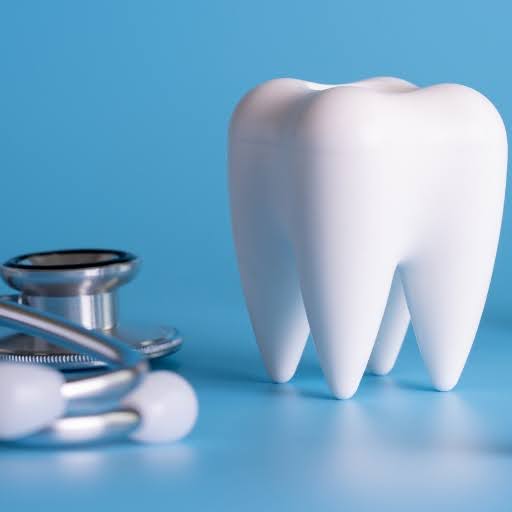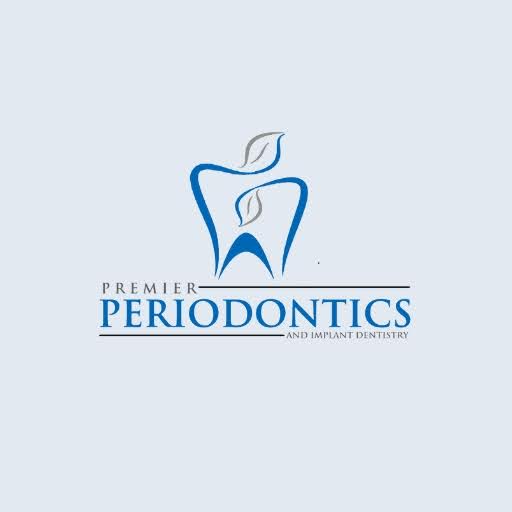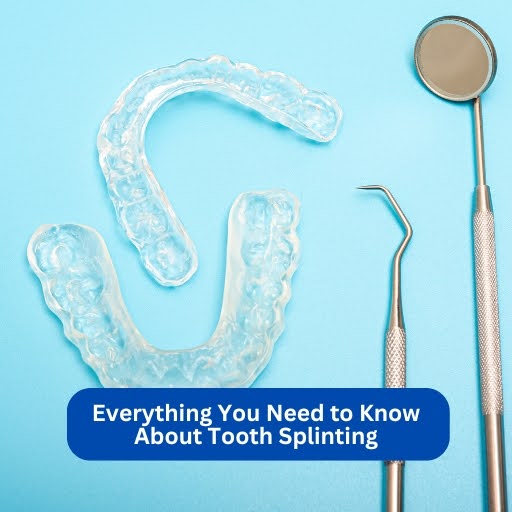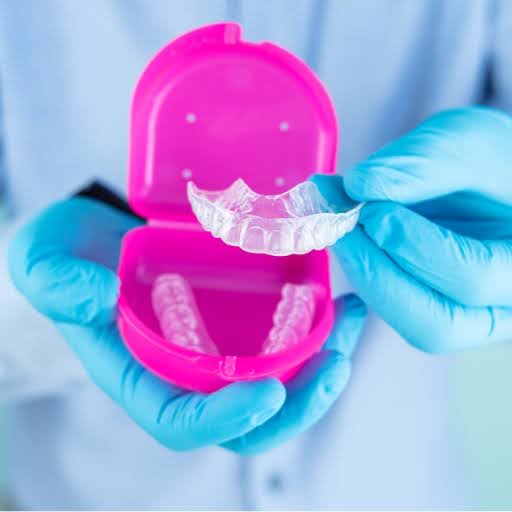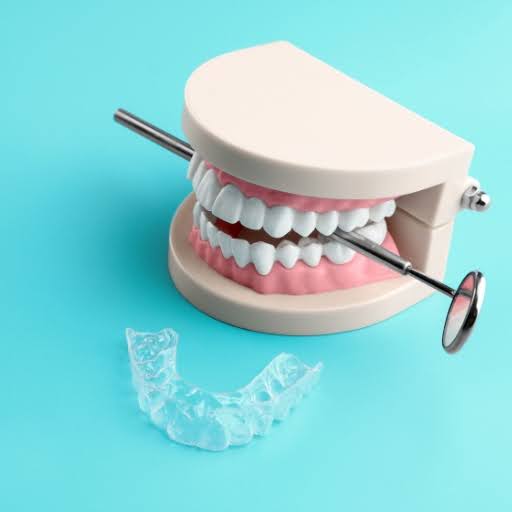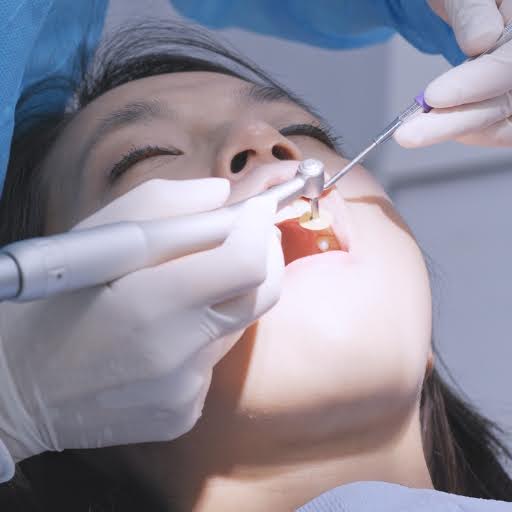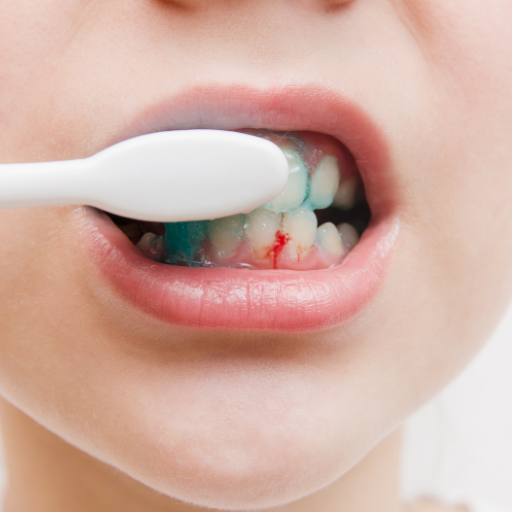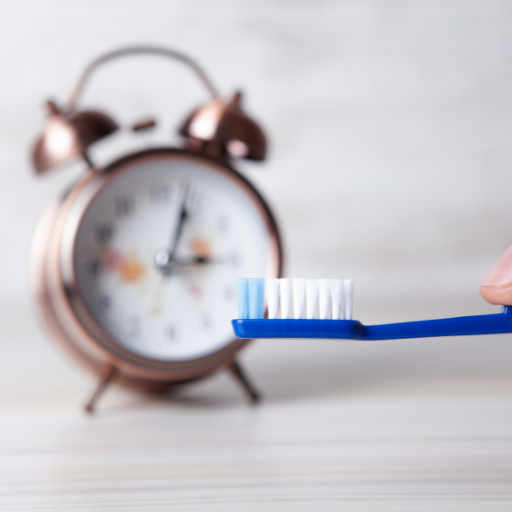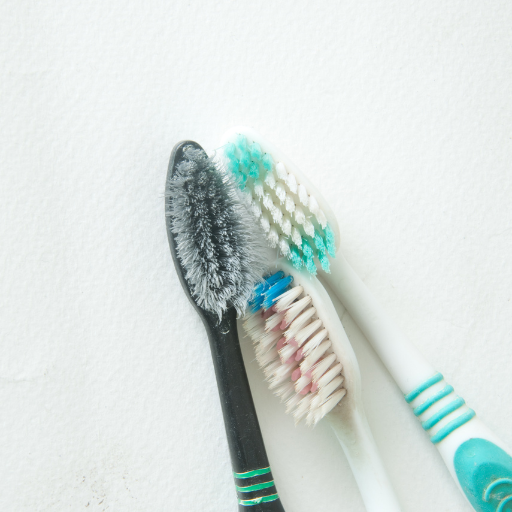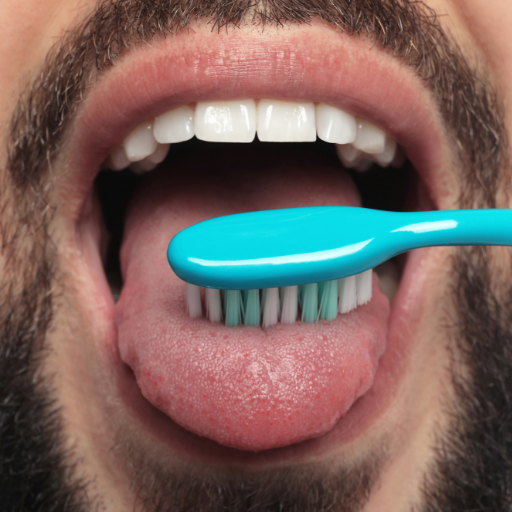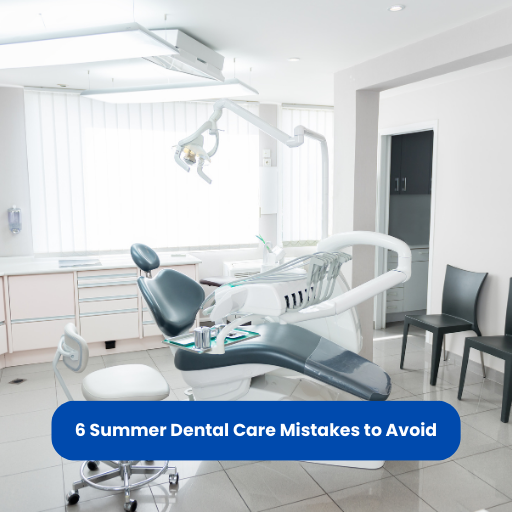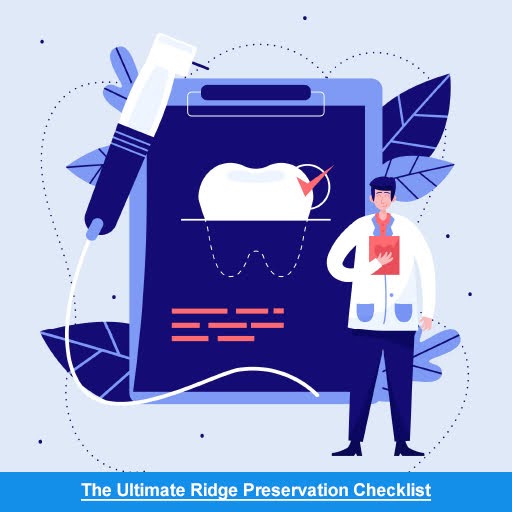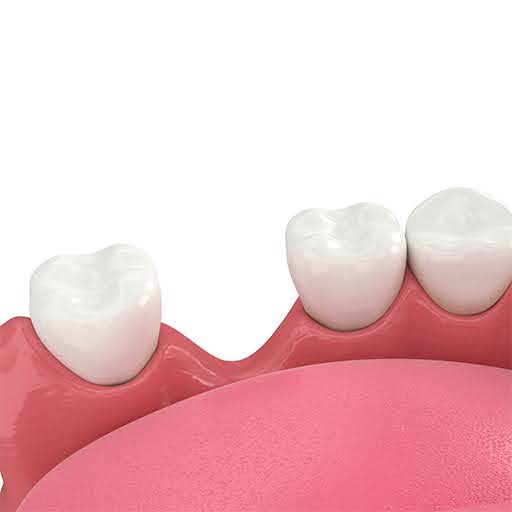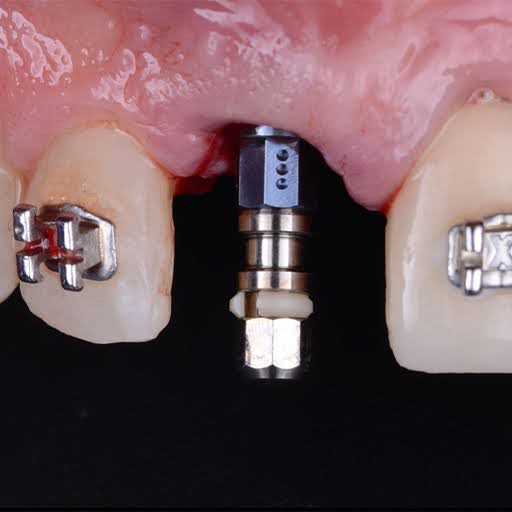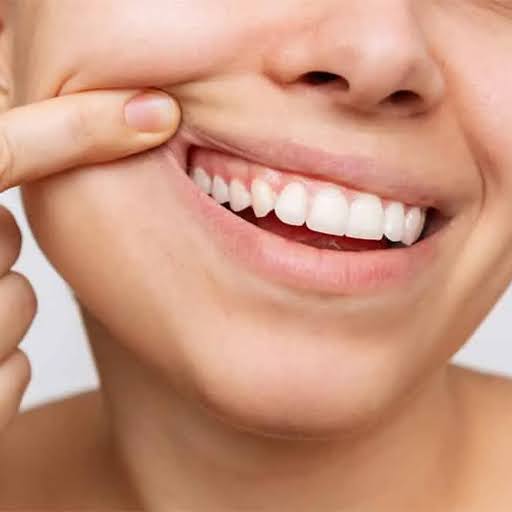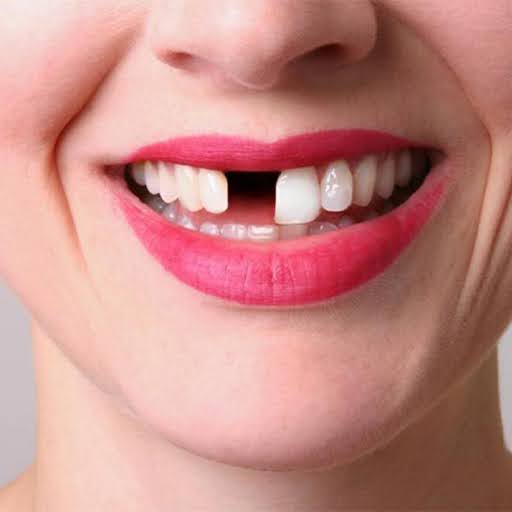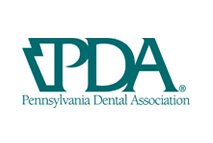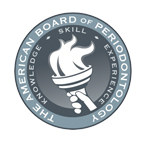
Introduction
At Premier Periodontics, we believe a healthy smile can brighten the world. That’s why we focus on providing expert dental care that meets each patient’s individual needs. Whether you need a regular check-up or a special treatment, our experienced team is here to help you keep your mouth healthy. In this blog post, we’ll look at how our services work to create beautiful, healthy smiles.
Summary
1. Why Your Smile Deserves Expert Dental Care
2. Comprehensive Dental Care for Every Stage of Life
3. Preventive Care: The First Step to a Healthy Smile
4. Advanced Periodontal Treatments for Gum Health
5. Cosmetic Dentistry: Enhancing Your Smile
6. Restorative Dental Care for Lasting Smiles
7. Comfort and Care: Making Your Dental Visit Stress-Free
1. Why Your Smile Deserves Expert Dental Care

Your smile is one of your greatest strengths. It shows your health, confidence, and overall well-being. That’s why taking care of it with expert dental care is so important. At Premier Periodontics, we know that everyone has different dental needs. Whether it’s routine care or specialized treatments, our team is committed to keeping your smile healthy.
We use the latest technology and methods to give you the best care possible. Regular dentist visits aren’t just for cleaning your teeth—they help catch problems early and keep your mouth healthy for years to come
2. Comprehensive Dental Care for Every Stage of Life
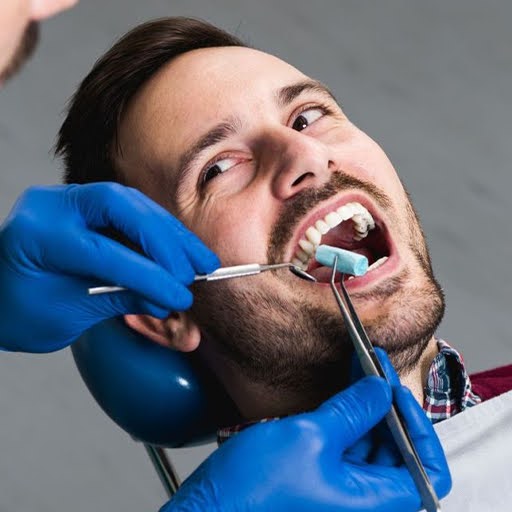
As we grow from children to adults, our dental needs change. Premier Periodontics provides expert care for all ages, helping you keep a healthy smile at every stage of life. Our team is skilled in caring for children, adults, and seniors, so we can handle the specific dental concerns that come with each age group.
We think that taking care of your teeth before problems happen is the key to a healthy smile. For kids, this means building good habits early, and for adults, it’s about maintaining strong oral health and solving problems before they get worse
3. Preventive Care: The First Step to a Healthy Smile

Preventive care is key to keeping a bright smile. At Premier Periodontics, we stress the importance of regular check-ups, cleanings, and exams. These routine visits help us spot any problems early, making sure your teeth and gums stay in great shape.
Regular cleanings remove plaque and tartar, which can cause cavities and gum disease. By sticking to these appointments, you’re not just protecting your smile but also your overall health. After all, a healthy mouth plays a big role in keeping your body healthy too.
4. Advanced Periodontal Treatments for Gum Health

A smile isn’t just about your teeth—healthy gums are just as important. At Premier Periodontics, we focus on expert care for gum problems, offering advanced treatments for issues like gum disease.
If gum disease is not treated, it can cause tooth loss and other serious health problems. Our team is experienced in treating all levels of gum disease, from mild gingivitis to severe periodontitis. With proper care, we can help you restore your gum health and protect your smile for the future.
5. Cosmetic Dentistry: Enhancing Your Smile

We understand that your smile is a big part of how you present yourself to the world. That’s why Premier Periodontics offers a range of cosmetic dental services designed to enhance the appearance of your teeth. Whether you want whiter teeth, straighter alignment, or to fix minor imperfections, we can help.
From teeth whitening to veneers, our cosmetic treatments are designed to give you the smile you’ve always dreamed of. These treatments are safe, effective, and can make a significant difference in your confidence and how you feel about your smile.
6. Restorative Dental Care for Lasting Smiles

Life happens, and sometimes dental issues occur. Whether it’s a chipped tooth, a cavity, or missing teeth, Premier Periodontics provides expert restorative dental care to bring your smile back to life. Our restorative services range from fillings and crowns to dental implants, ensuring that your smile remains strong and functional.
Restorative care is about more than just fixing problems—it’s about making sure your teeth and gums are healthy and able to support your overall oral health. With our team’s expertise, you can trust that you’ll receive the best care to restore and maintain your smile.
7. Comfort and Care: Making Your Dental Visit Stress-Free
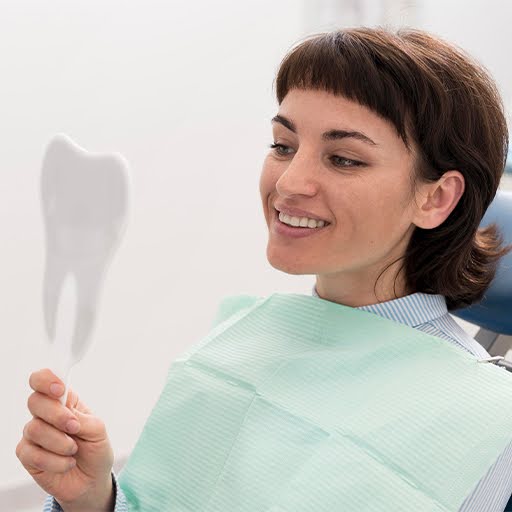
We know that a lot of people feel anxious about visiting the dentist. At Premier Periodontics, we go the extra mile to make sure you feel comfortable and at ease during your appointments. Our expert dental care team is trained to handle patients with dental anxiety, offering gentle, compassionate care that puts your comfort first.
From the moment you walk in, our goal is to make your visit as smooth and stress-free as possible. We offer sedation options for those who need it and take the time to explain each procedure so you can feel confident in your treatment plan.
FAQs
Q.1. How often should I go to the dentist for a check-up?
A.1. It’s recommended to visit the dentist every six months for a routine check-up and cleaning.
Q.2. What can I do to prevent gum disease?
A.2. Regular brushing, flossing, and dental visits can help prevent gum disease. If you notice any signs of gum issues, like bleeding or swelling, visit us as soon as possible.
Q.3. Are cosmetic dental treatments safe?
A.3. Yes, cosmetic treatments like teeth whitening and veneers are safe when performed by an experienced dental professional. Our team makes sure to provide the best safety and care.
Q.4. What should I do if I have a dental emergency?
A.4. If you experience a dental emergency, such as a chipped tooth or severe pain, contact Premier Periodontics immediately. We prioritize emergency care to relieve your discomfort quickly.
Q.5. How can I manage dental anxiety?
A.5. We offer sedation options and a relaxing environment to help manage dental anxiety. Let us know if you’re feeling nervous, and we’ll ensure your experience is as comfortable as possible.
Conclusion
At Premier Periodontics, we are committed to providing expert dental care that prioritizes your smile and overall well-being. Whether you need preventive care, cosmetic enhancements, or restorative treatments, our skilled team is here to support your oral health every step of the way. With personalized care, advanced treatments, and a focus on comfort, we ensure that every visit leaves you smiling brighter.Your smile is a reflection of your health and confidence—let us help you keep it shining for years to come. At Premier Periodontics, your smile truly is our priority!
For personalized help or to schedule a consultation, contact our team at (267) 908-4867 or visit our website at https://premierperiodonticspa.com/contact-us/. Your smile is our priority, and we’re here to provide the support and care you need for an easy dental experience. You can trust us to take care of your teeth and help you get a bright, healthy smile!



